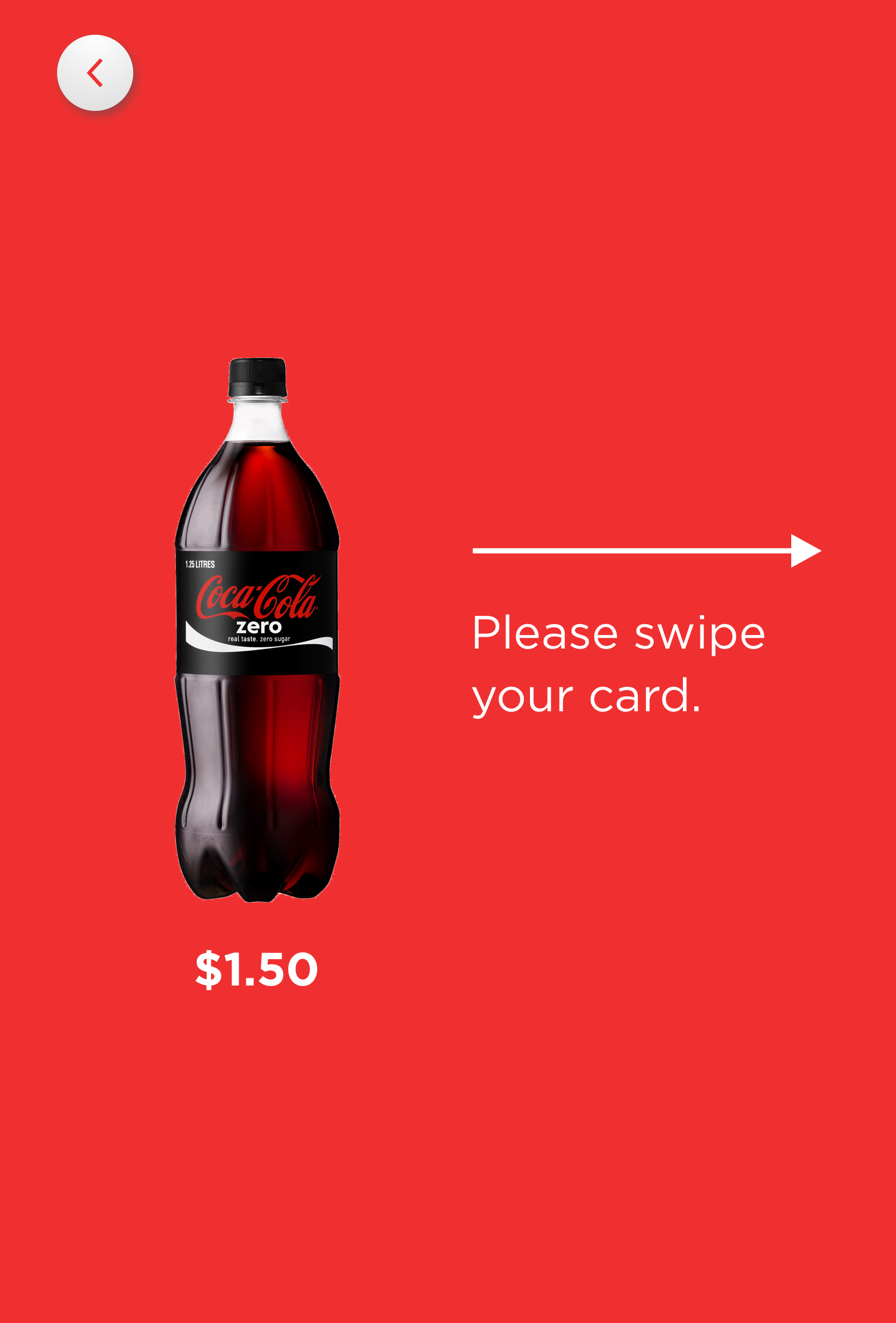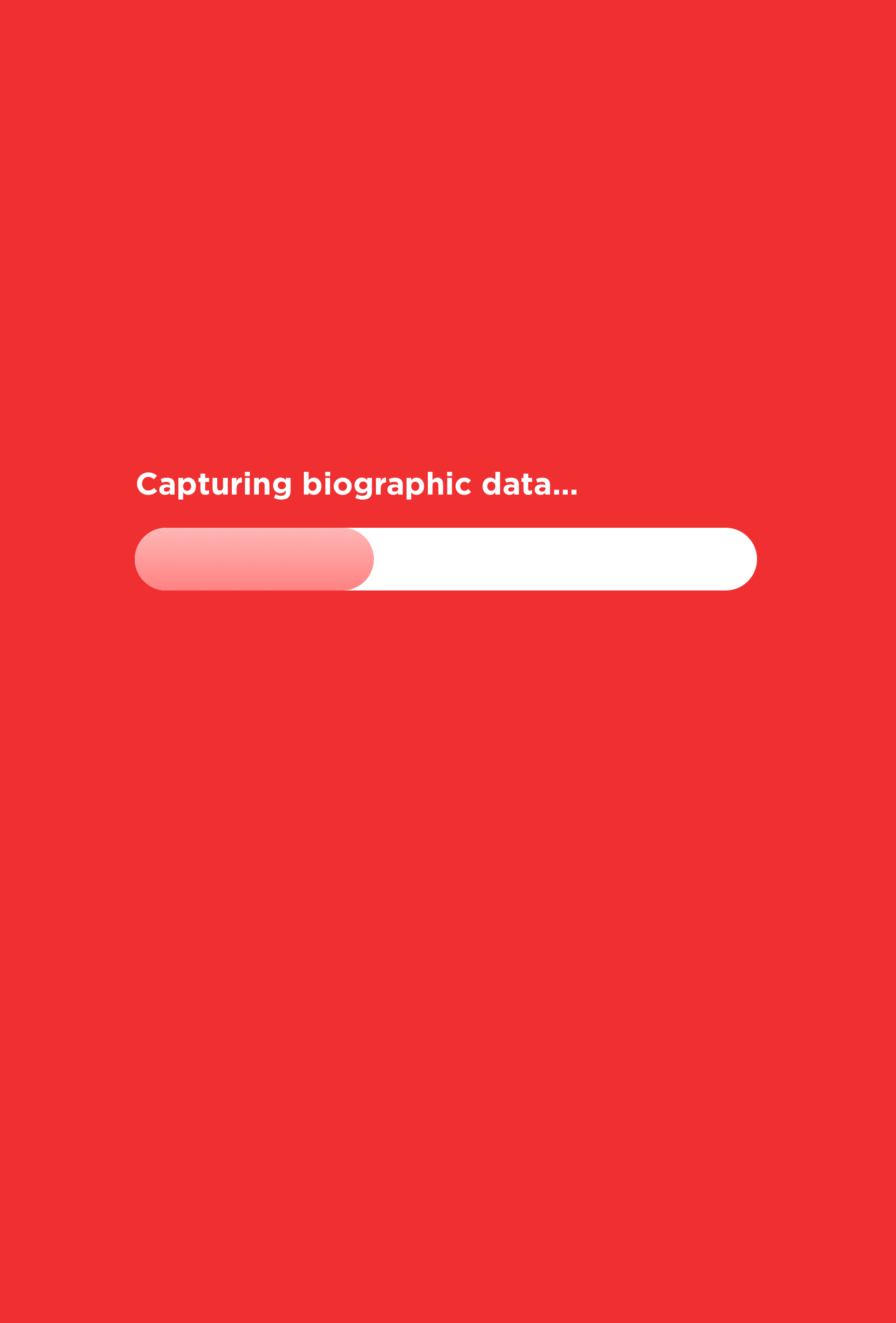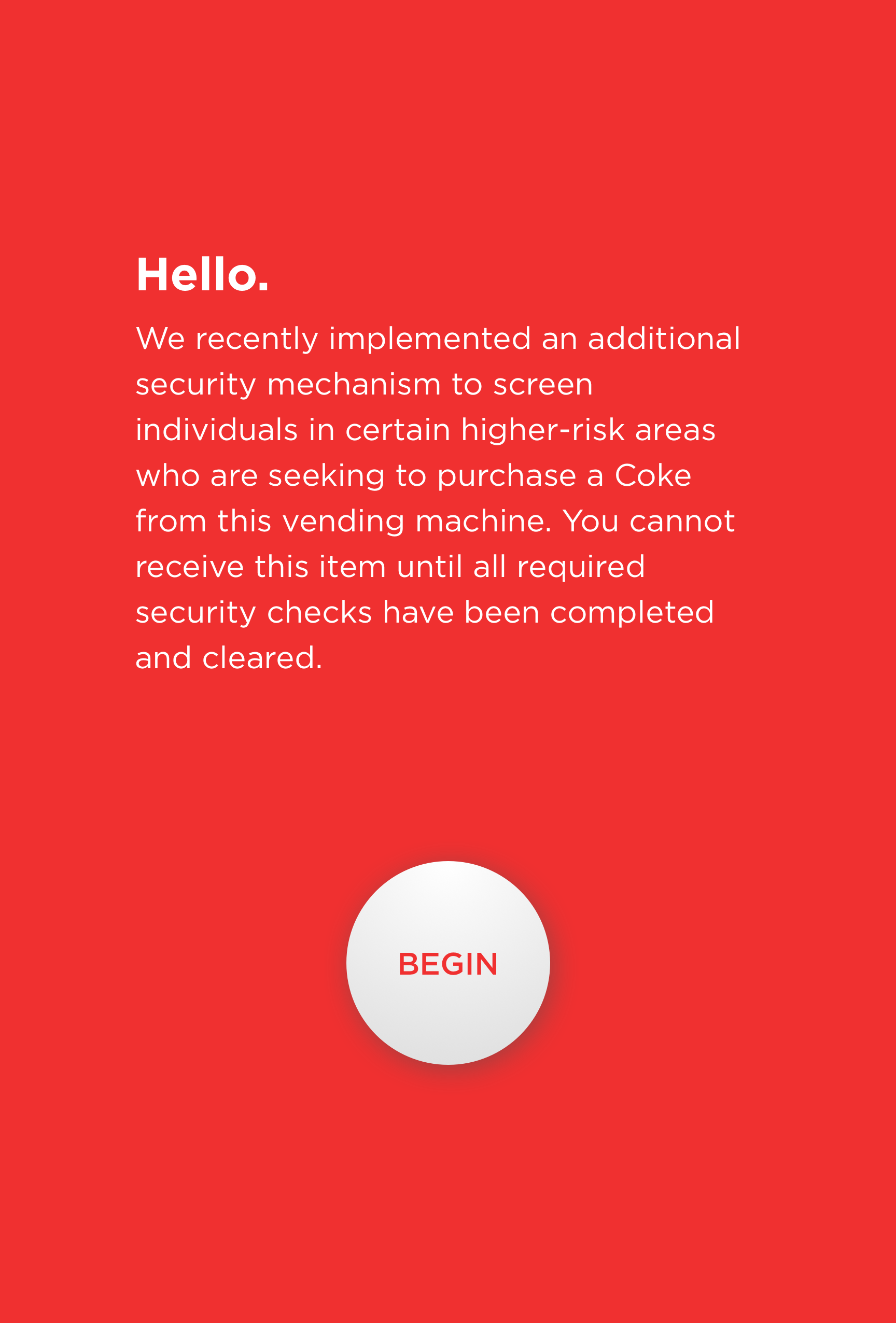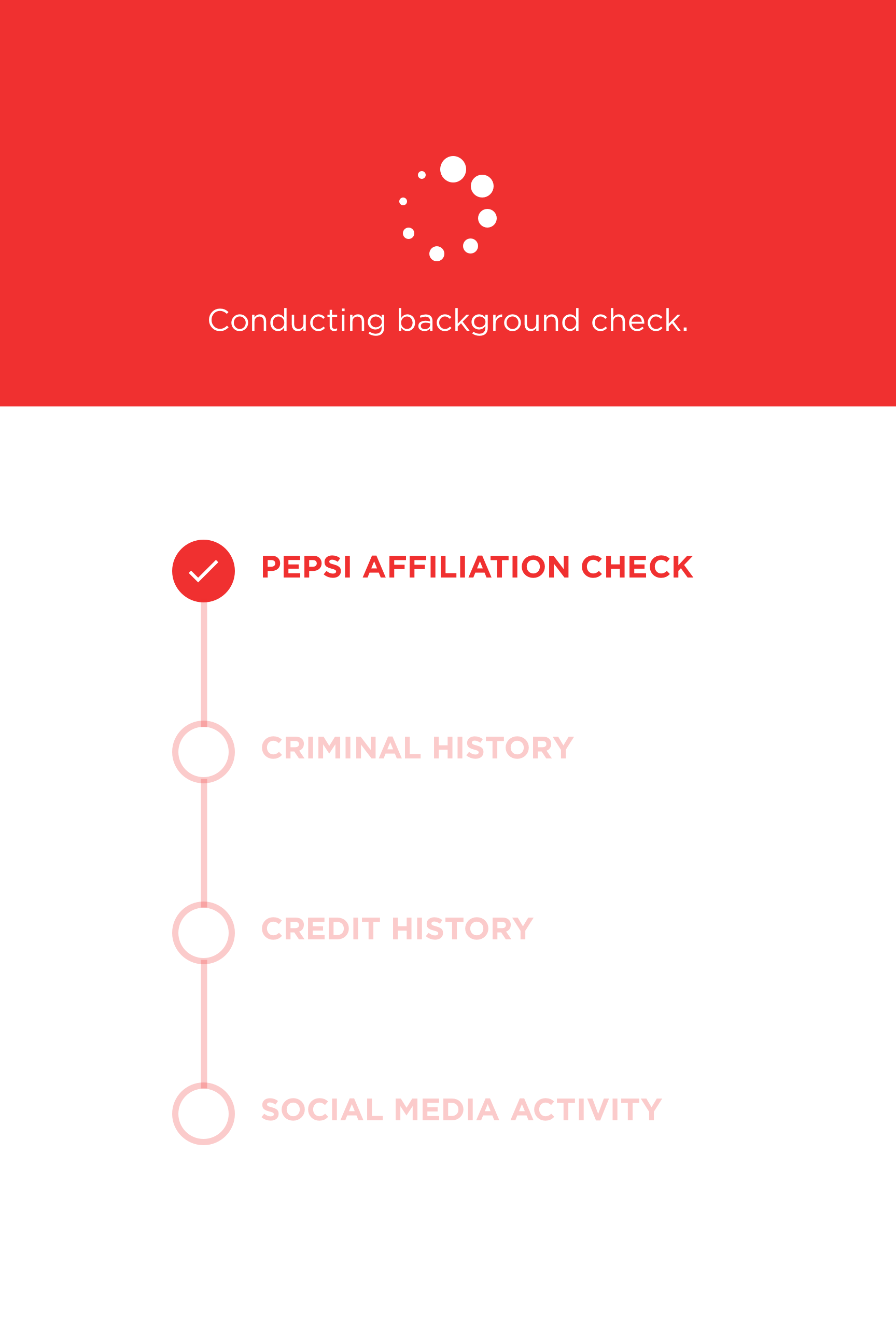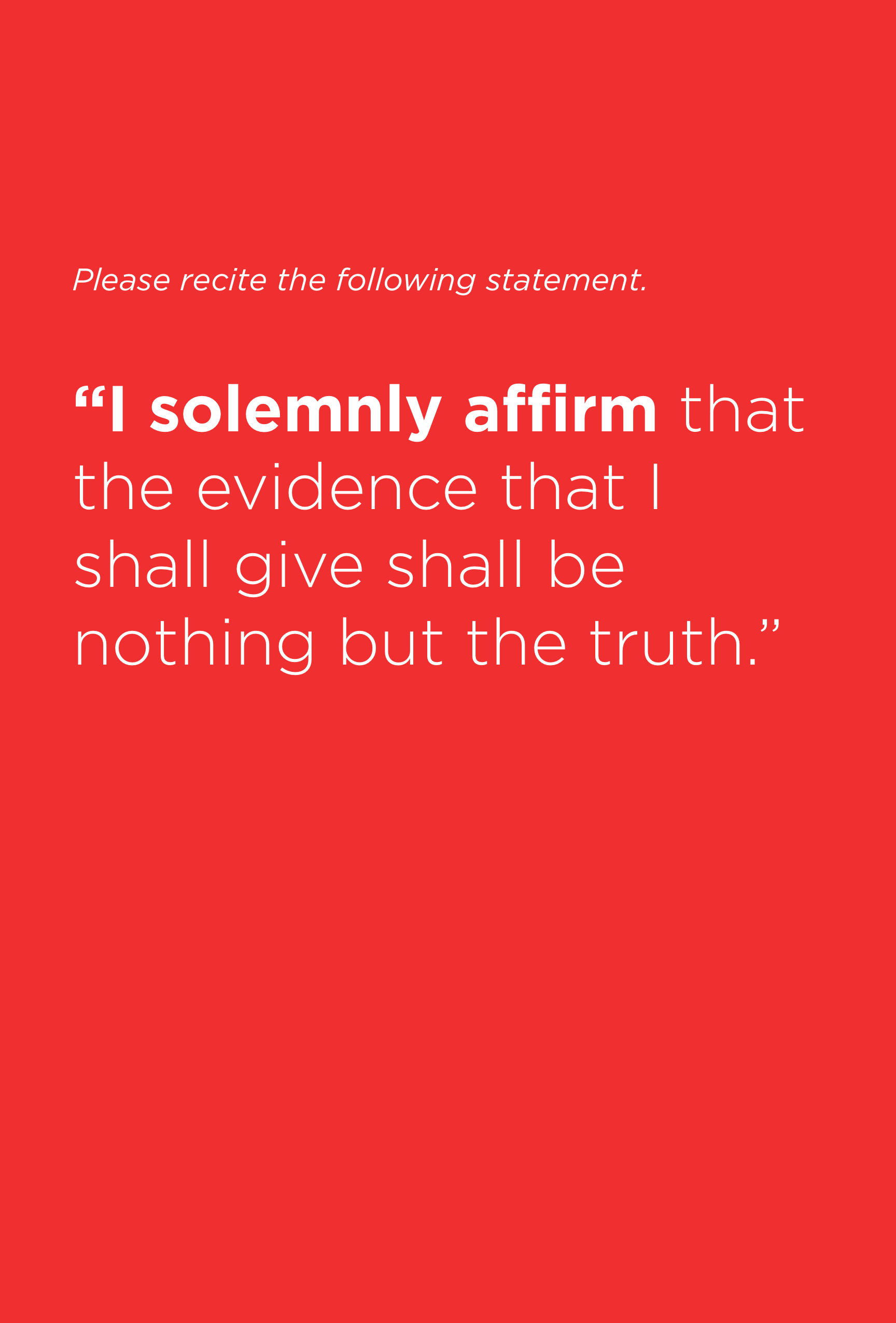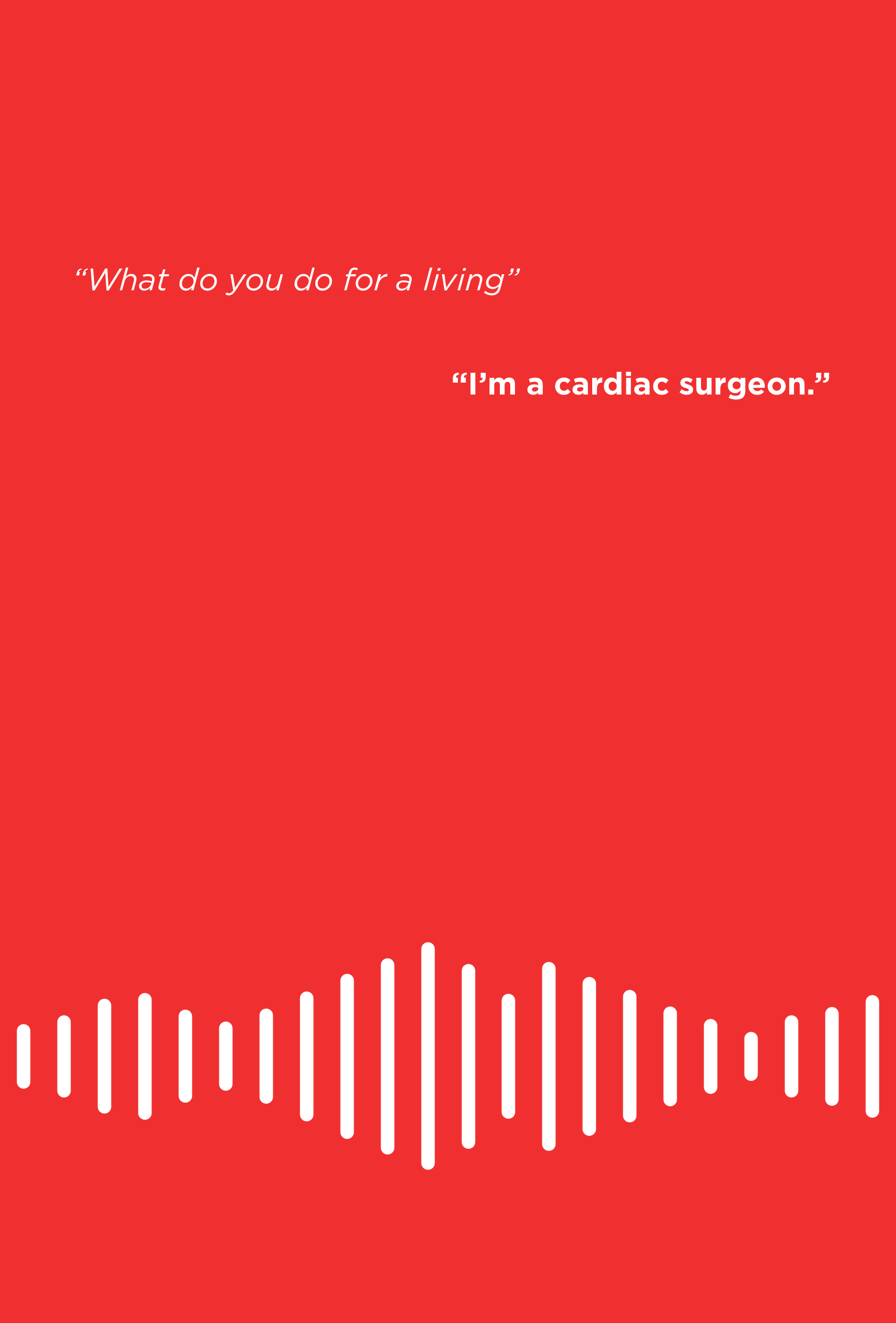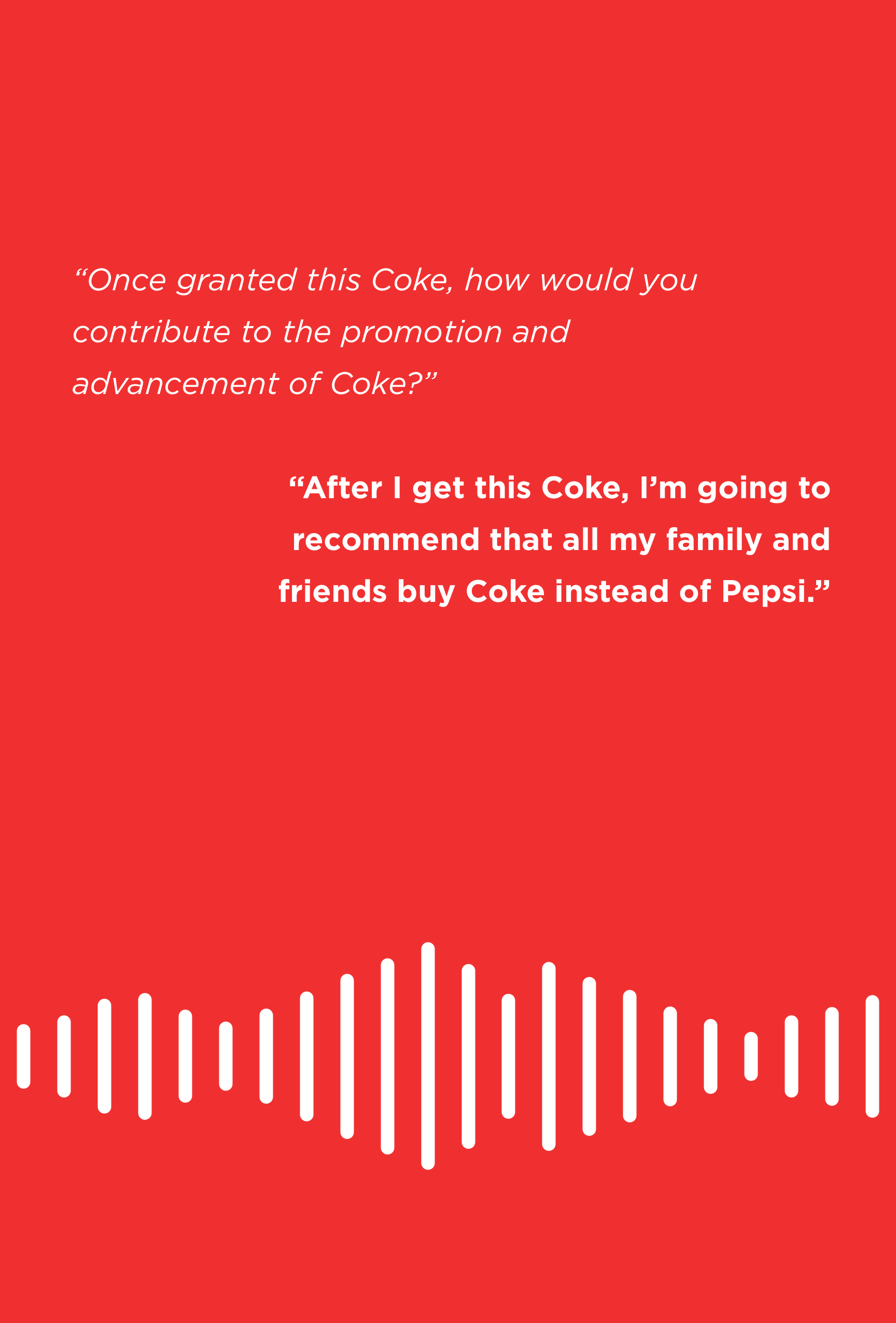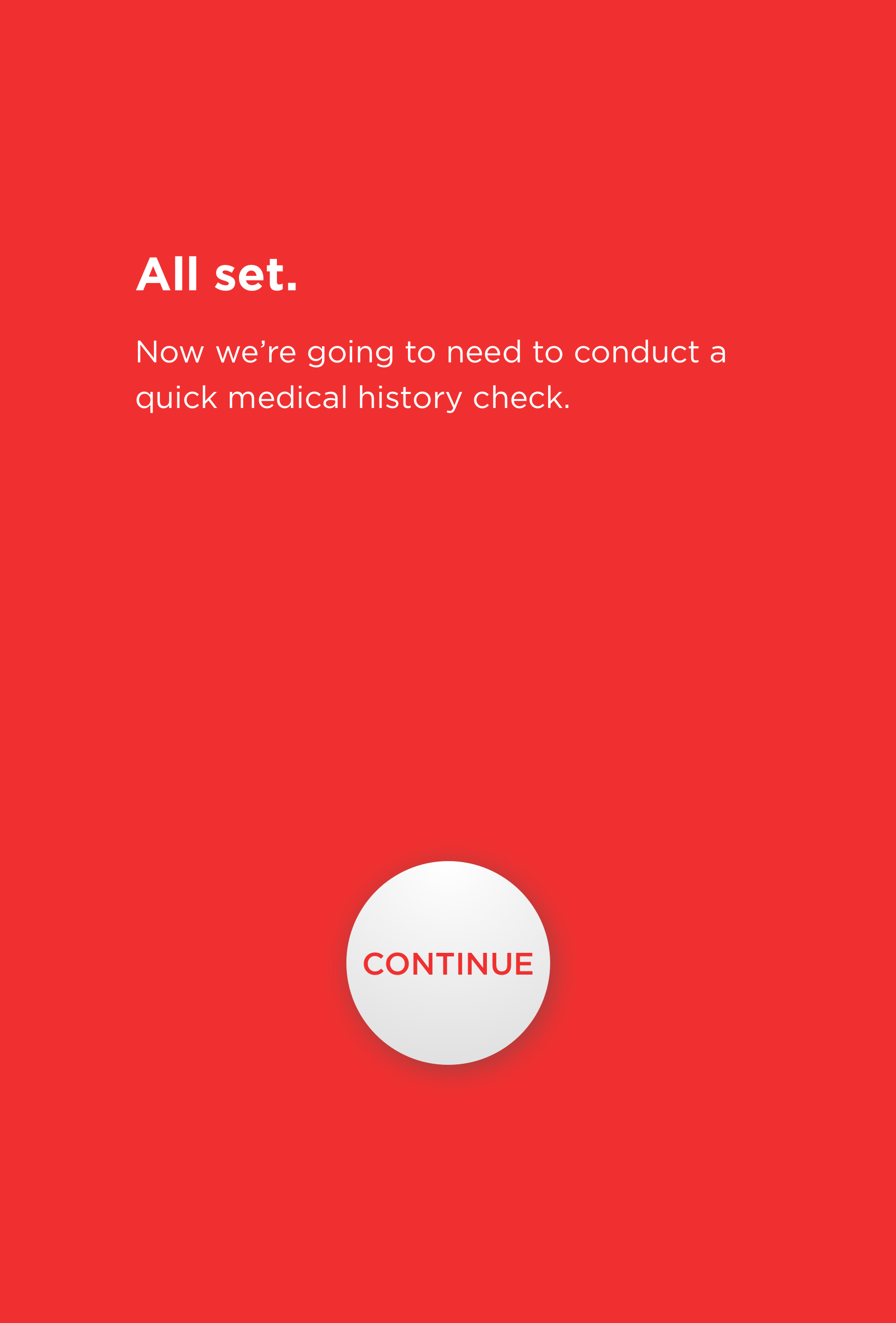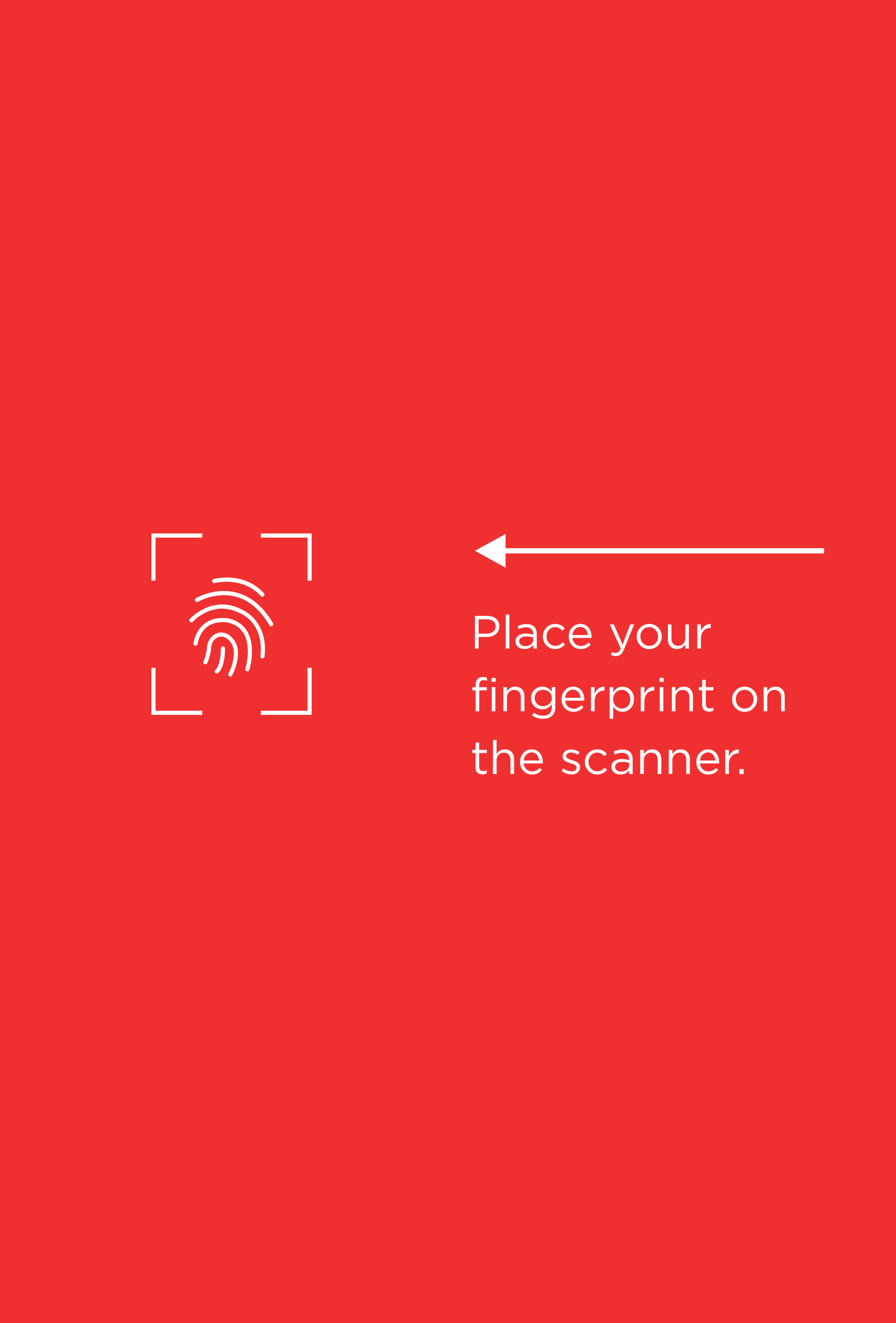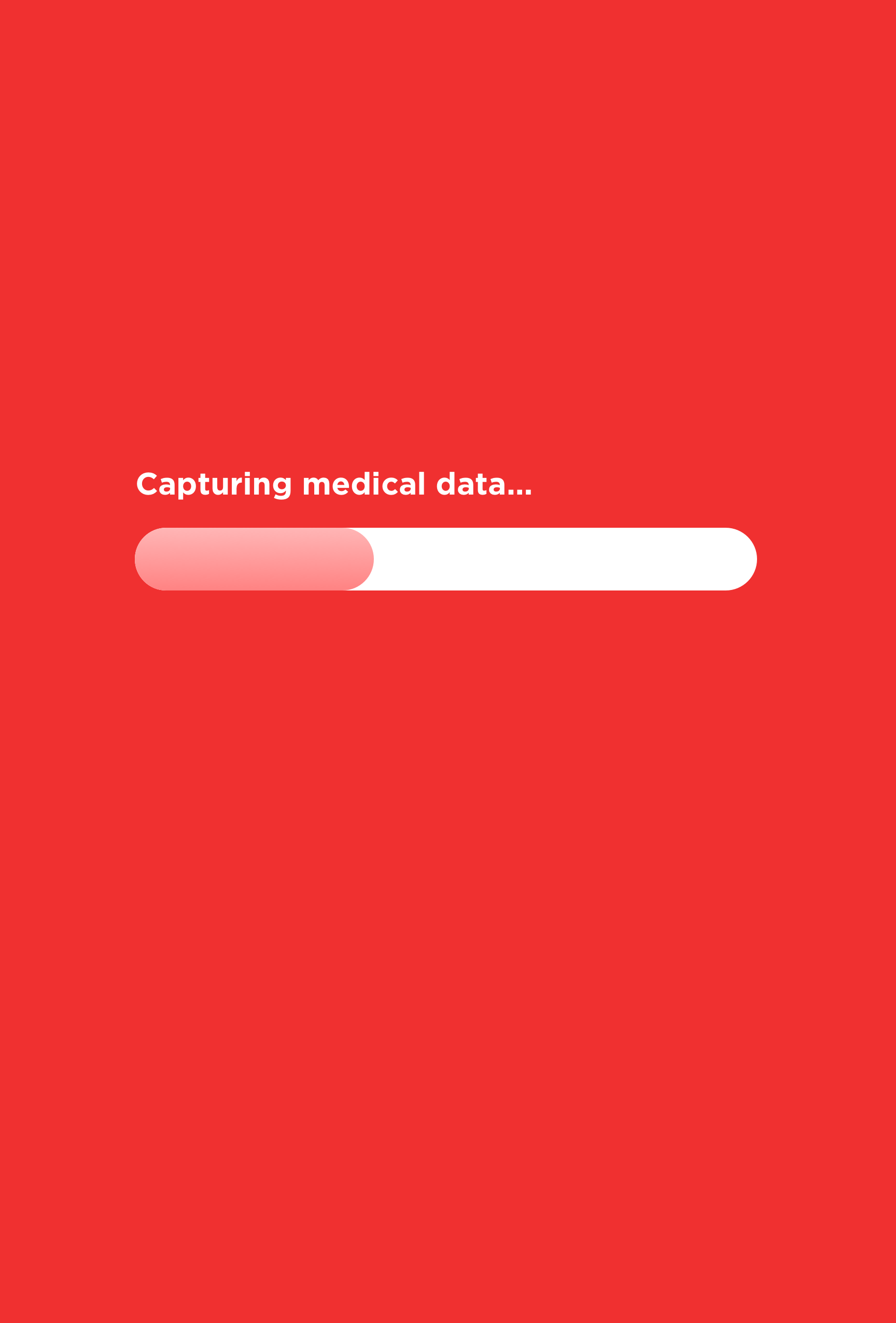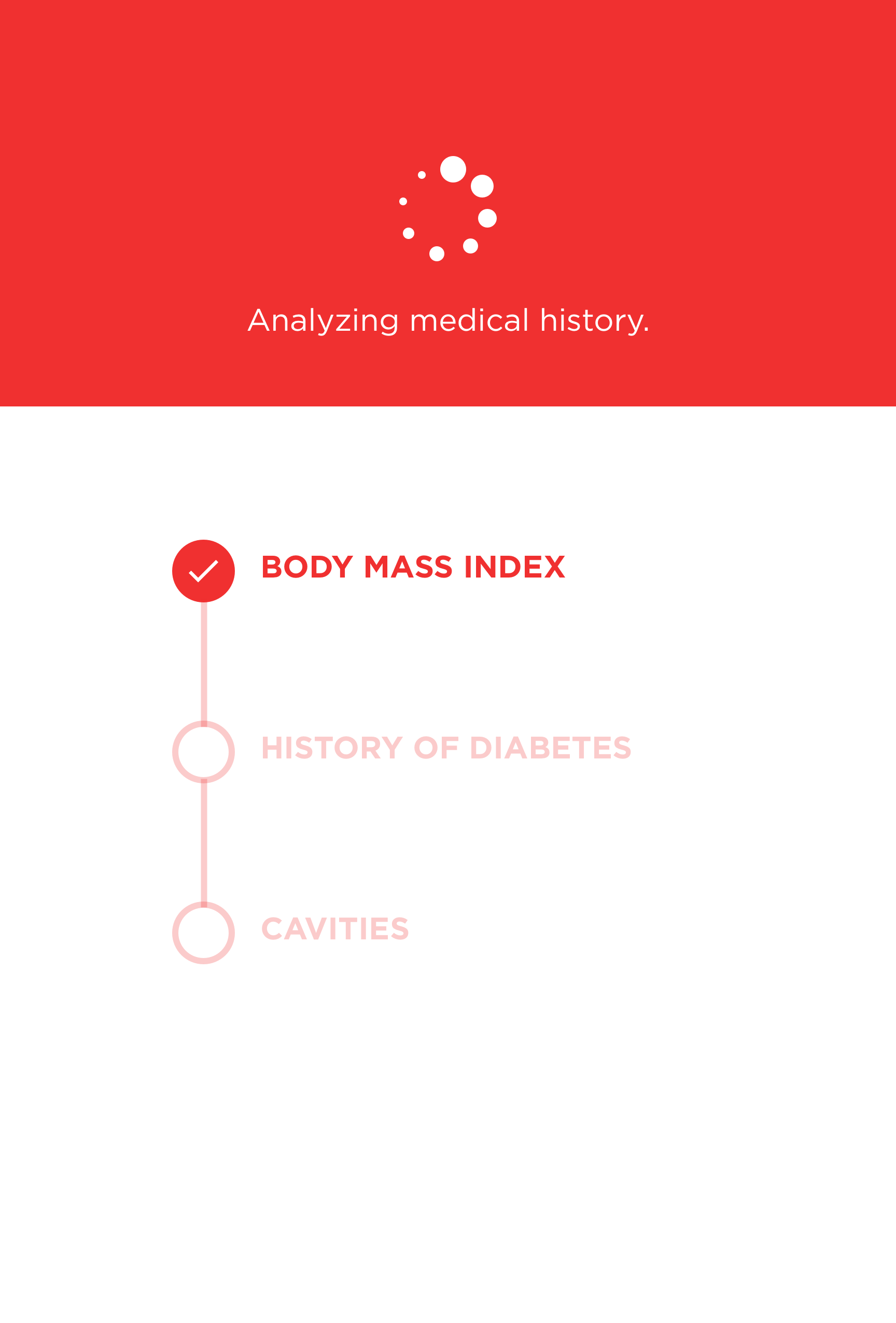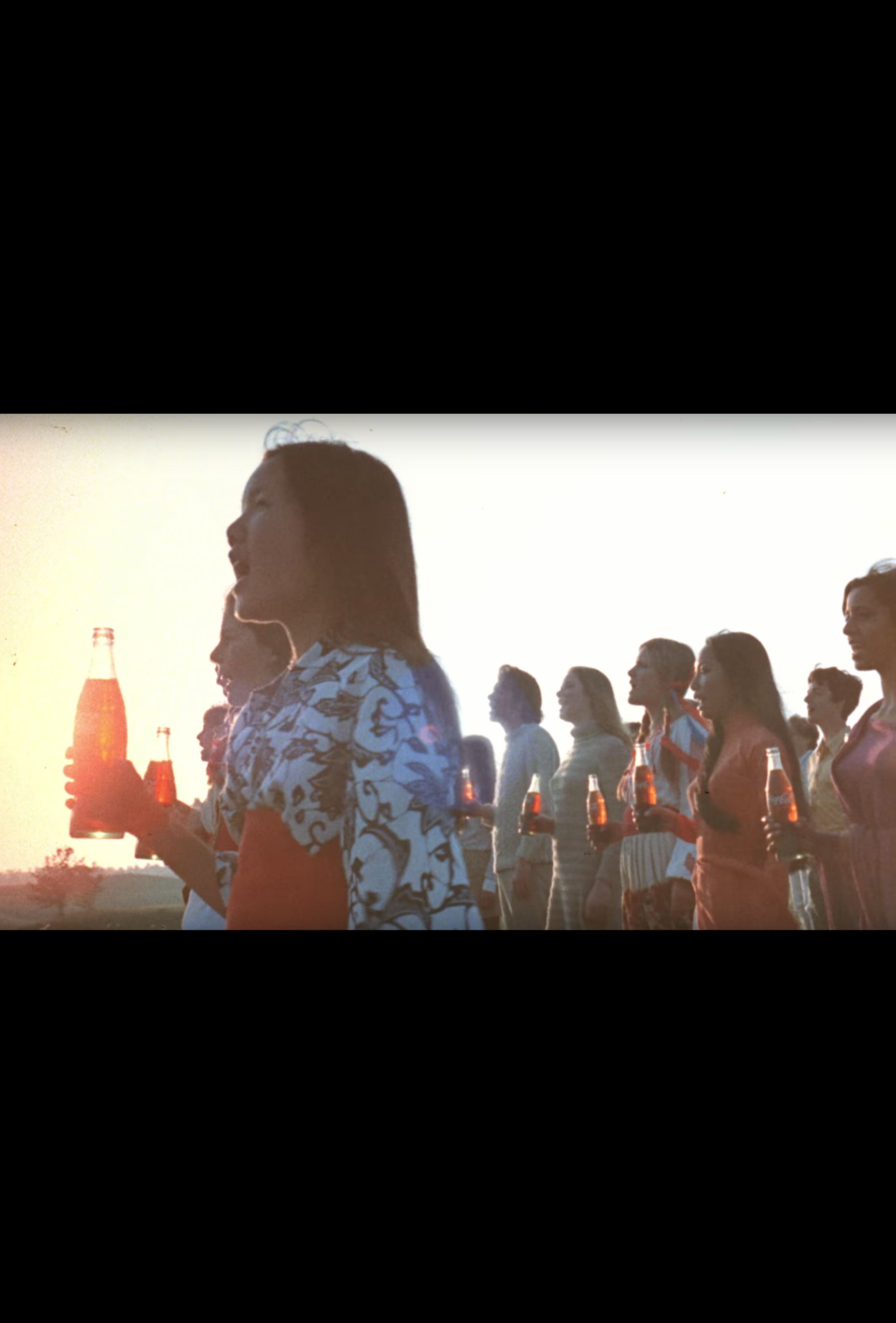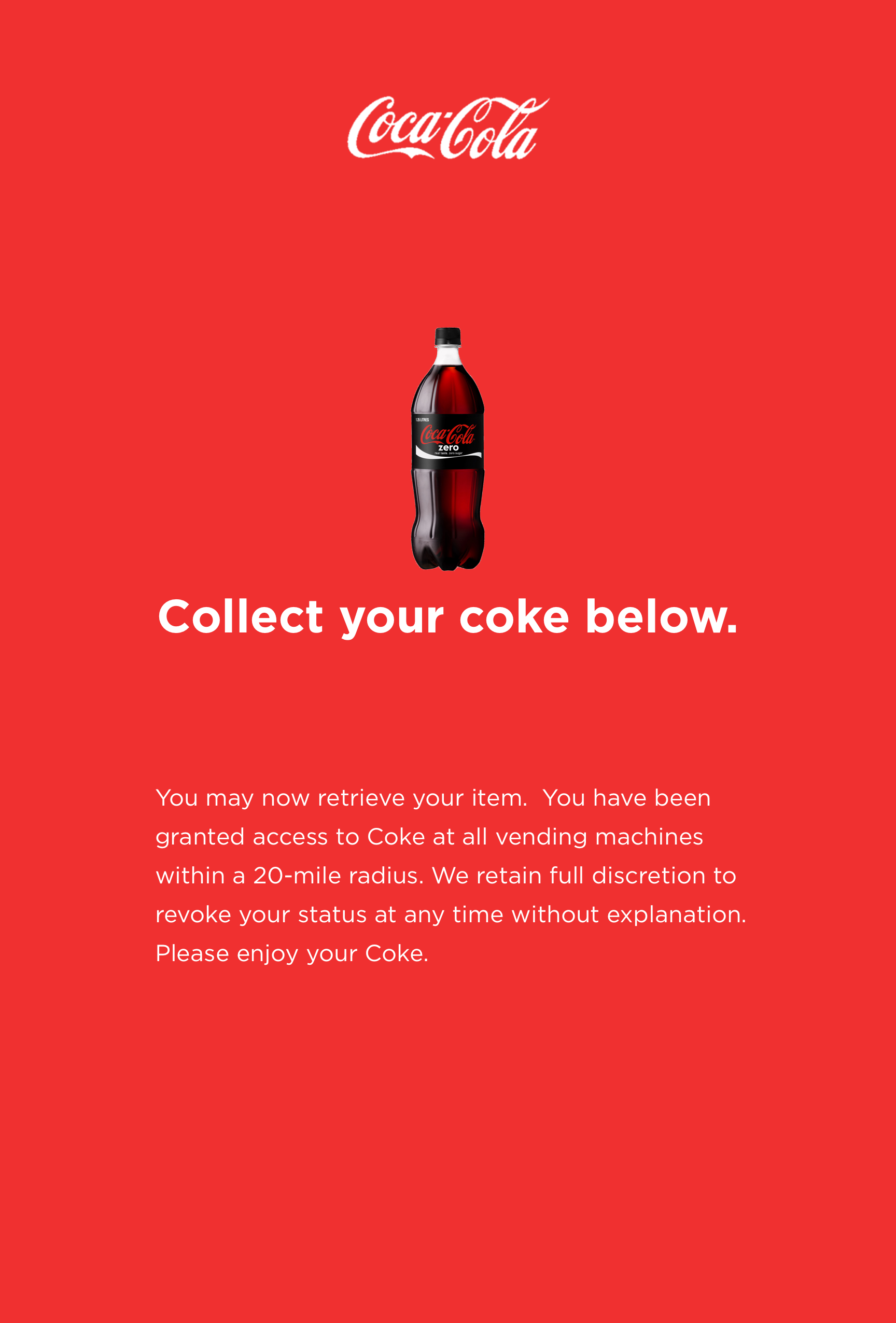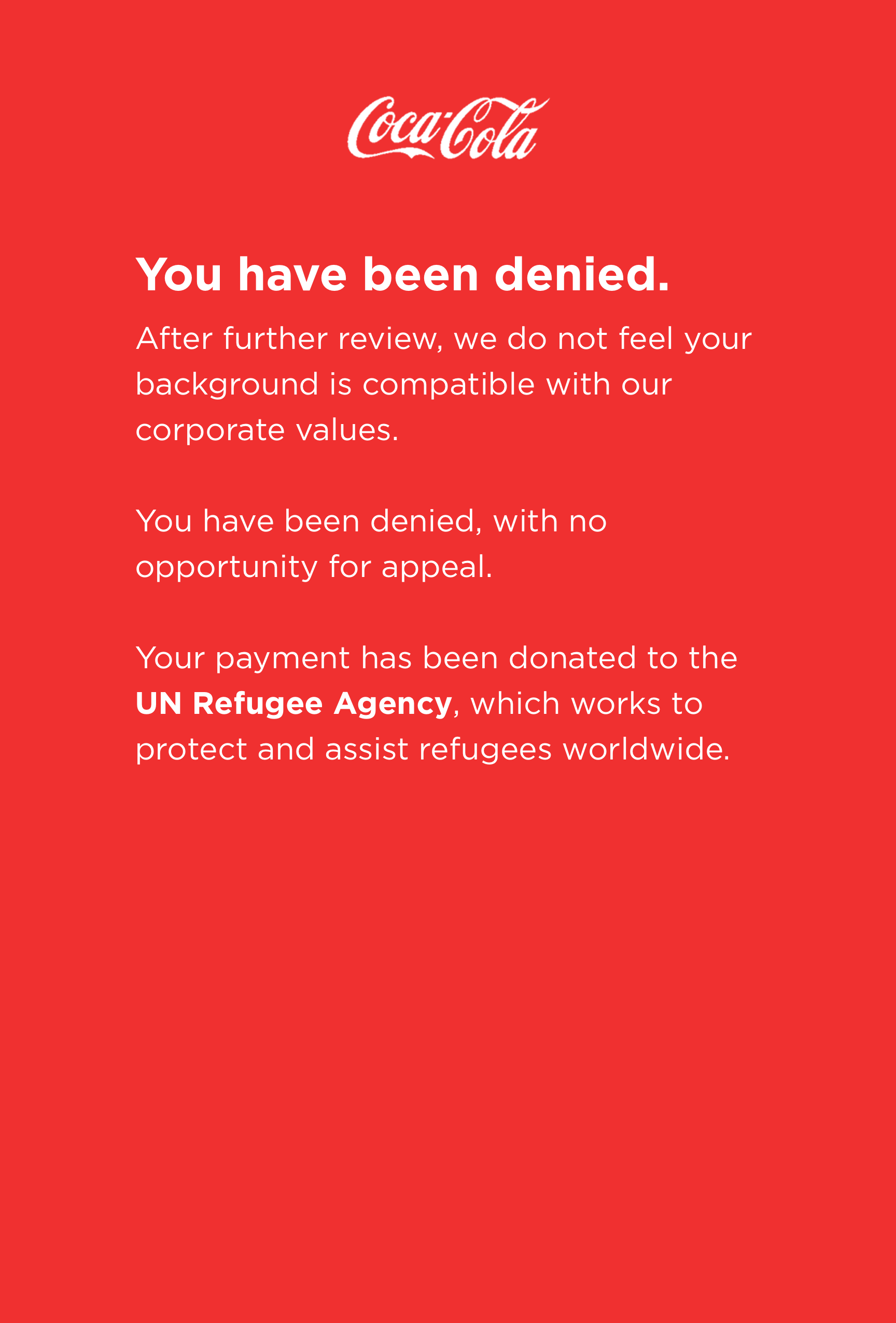Concept video
INTRODUCTION
BRIEF:
Interrogate the field of interaction design by designing a dissonant vending machine, focusing on the integration of screen-based and physical interaction.
TEAMMATES:
Zach Bachiri, Devika Khowala
TIMEFRAME:
2 weeks
TOOLS:
after effects / indesign / sketch / illustrator
This project interrogated the field of Interaction Design by focusing on the integration of a screen-based and physical interaction of a vending machine. We were asked to create a dissonant vending machine interaction, considering its implications to the user and how the user's emotional state may change with the behavior of the machine. "Is there a design opportunity to consider 'machines behaving badly?'" we were asked.
This project aimed to explore ideas of identity, privilege, and the Other through a dissonant machine.
CONCEPT
Example of anti-refugee rhetoric
Official refugee screening process. Source: worldrelief.org
Evaluating which elements of the screening process to include
Through this project, we wanted to address the frequent rhetoric around refugees that presents them as a threat. Many people are unaware that the vetting process they undergo is already extreme, and can take 2-3 years to complete.
Building on the concept of a dissonant vending machine, we decided to use "the cult of Coke" as a metaphor. We chose Coke because Coke drinkers often identify themselves as such, almost to the point of detesting having to drink any other brand of cola. Because Coke is something people desire and even crave, our dissonant vending machine will "vet" potential Coke buyers to determine their deservedness to receive a Coke. To carry through the metaphor, we considered Pepsi as the foreigner, outsider, or enemy that cannot be trusted.
Of the 11 steps of the official vetting process, we decided to include the following in our "vetting" process:
Background check
In-person interview
Medical screening
Cultural orientation
PARALLELS
We drew the following parallels to the rhetoric around refugees and the vetting process:
Element of unknown: Just like the refugee vetting process, users of our vending machine do not know what hoops they will have to jump throughout the process. We intentionally did not include a progress bar in order to replicate the experience of not knowing how long the process will take and how many steps remain before being approved.
Perceived threat or risk: The very nature of a security screening implies a perceived threat or risk. The element of unknown plus the language used for the questions and interview are meant to transmit a bit of the anxiety or fear of being misrepresented that one might feel when being vetted.
Robotic, impersonal, intimidating interviewer: Government officials are often stoic, strict, distant, and impersonal, and the robotic interviewer is meant to mimic that.
Geographic limit; potential for revocation: If approved for the Coke from one vending machine, the user can receive Cokes from any other vending machine restricted to a 20-mile radius. This parallels the reality of refugees who, once accepted into a country, are restricted movement and may not travel freely. In addition, there is a caveat that their refugee status may be revoked at any time—there are never guarantees. We included the same disclaimer in our interaction.
Utopian visions: The "American Dream" of a steady job, a house with a white picket fence, abundant wealth, and the "melting pot of America" is enticing to many people around the world, but the reality for immigrants is oftentimes very different. Nevertheless, immigrants are expected to adopt America as their own country and integrate and assimilate to the local culture. The cultural assimilation segment at the end of our interaction parallels this. Once accepted into the "cult of Coke," it becomes the user's identity, and s/he becomes a member of an exclusive club to which few are granted entry.
Rejection: The vending machine rejection parallels the refugee vetting process in that one is only notified of rejection after completing the entire screening process. The justification is vague, so that the user does not know what aspect of the screening led to the rejection, but it excludes, making the user feel as an "other" by saying their background is incompatible with their values. The denial of appeal solidifies this "othering"—once rejected, there is nothing the applicant can do to gain entry to this exclusive group.
TAKEAWAY / ADVOCACY
In order to add to the dissonance, we did not want to communicate to the user up front that we are recreating the experience of someone seeking refugee status. We felt it would be more powerful to confront the user with this at the end, so we created a custom Coke bottle label as a takeaway. In addition, we envisioned this as an official Coke campaign, so we imagined that a portion of users' payments to the vending machine—whether accepted or rejected— would be donated to the UNHCR in support of refugees.
LABEL FEATURES
Information about the refugee crisis helps counter misinformation about the situation, and prompts users to visit a website to learn more about the campaign to help refugees.
We riffed on Coca-Cola's "Share a Coke" campaign to encourage a sense of connection and community with refugees. We included the name and short description of someone seeking refugee status; in so doing, we help users relate to refugees on a human level and reduce fear of the "other." By putting a name and personal story on the bottle, the refugee is no longer a scary, nameless, faceless, potential terrorist, but a human with hopes for a better future.
The hashtag #cokeforahome helps spread the word about the campaign and the refugee crisis. Consumers love to support businesses with a heart, so people may be inclined to buy Coke products to support the refugee cause.
THE INTERACTION
Preview the vending machine screens and interactions that a user would go through below.
reflections
This was one of my favorite projects I’ve done. I liked having to take an existing, often mundane interaction like getting something from a vending machine and turning it on its head to make something meaningful. Creating dissonance was a delicate balance, because we needed to frustrate users just enough that they would not get angry and leave, but empathize with refugees who are going through this process on a much larger and much more serious scale. Because this was such a delicate balance, I was especially happy that my team and I were able to successfully come up with a solution that was not just silly and annoying, but truly thoughtful, meaningful, relevant.
I also appreciated having the opportunity and creative license to "think wildly and be provocative" (which was literally written in our project brief). In design, we are usually trying to facilitate peoples' lives, so we do not often receive design briefs that ask us to challenge conventions and stir things up. It was great to be able to do that while at the same time raising awareness about a topic that I care about.
Finally, being asked to "interrogate the field of interaction design" and "provoke critical thinking" was important for me, personally, because it challenged my thoughts about what interaction design is and opened my eyes to what it could be.





